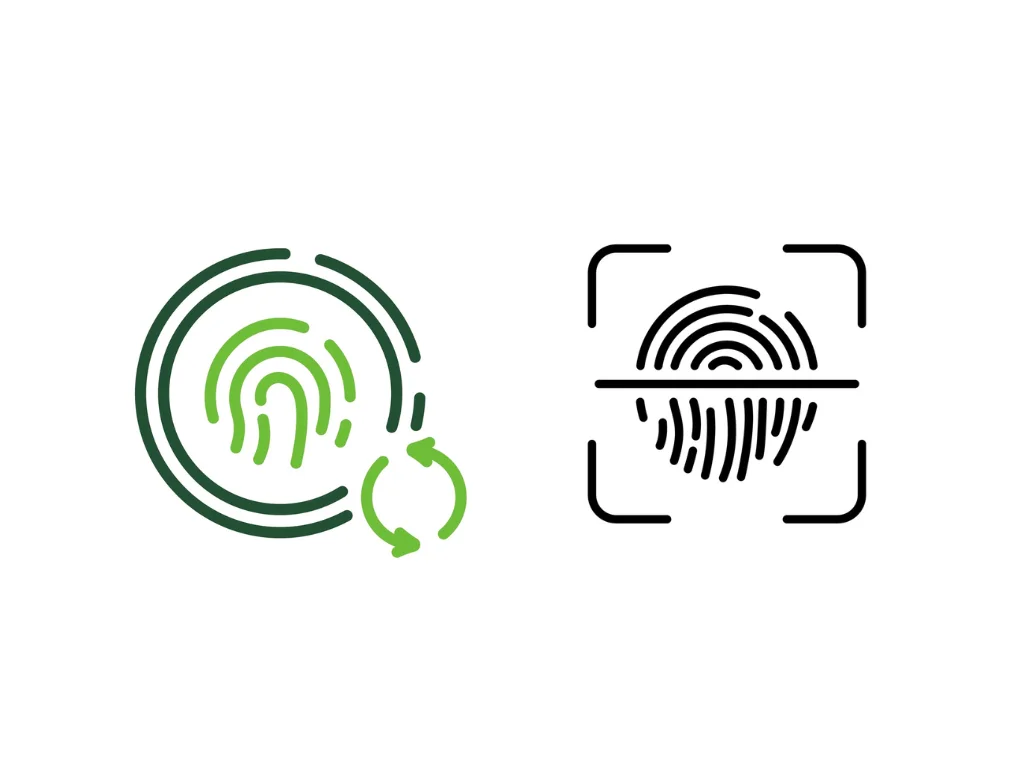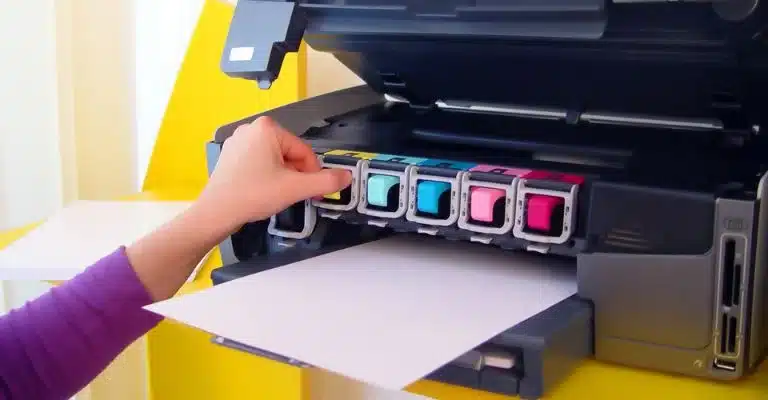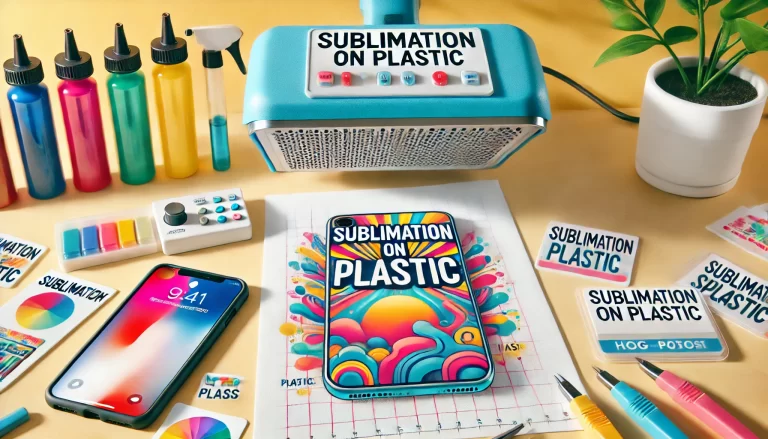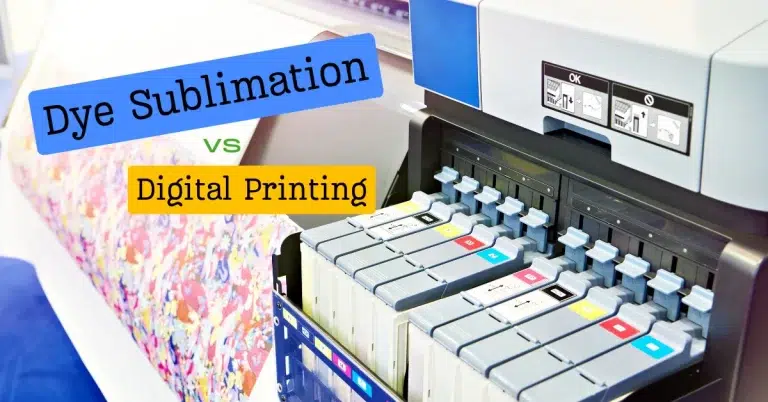How to Recover Prints Using DFO: A Comprehensive Guide
Learn how to make old prints look new again! Discover the power of DFO to recover faded prints and make them look as good as new.
How to Recover Prints Using DFO
Have you ever seen detectives on TV dusting for fingerprints? Sometimes, the prints can’t be seen with the naked eye, but they can still be recovered with a unique technique called DFO. In this guide, I’ll explain how DFO works and how to recover prints.
What is DFO?
DFO stands for 1,8-diazafluoren-9-one. The chemical reacts with amino acids in sweat to create a fluorescent compound. This compound glows under UV light, making it easy to see and photograph.
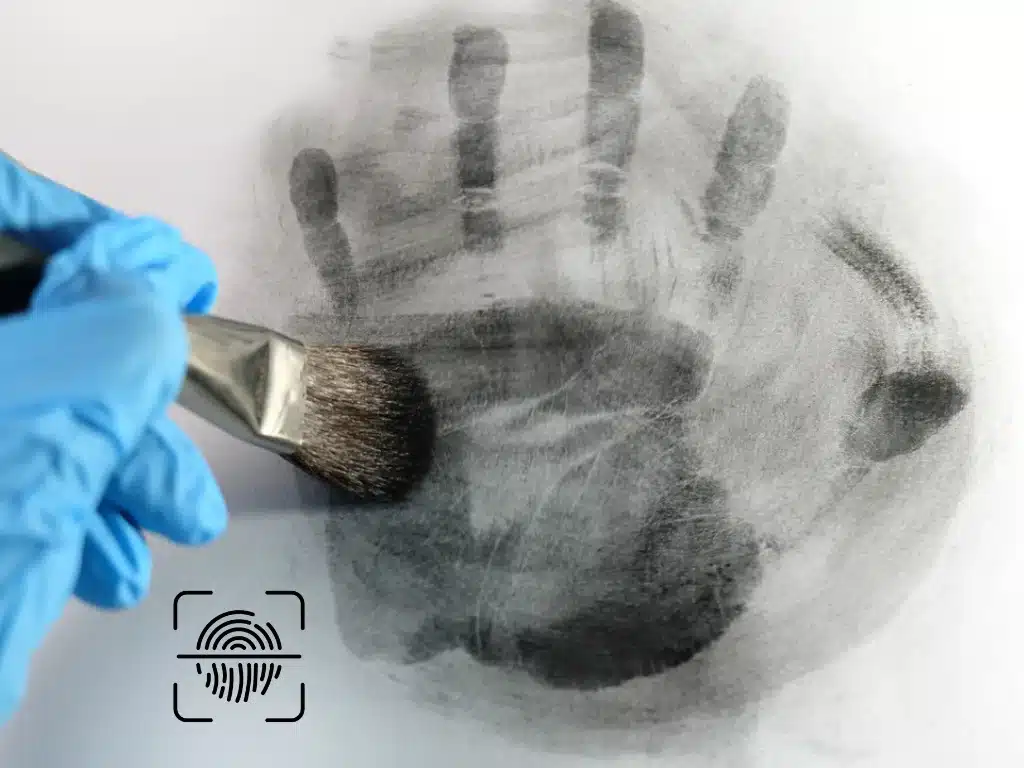
How does DFO work?
When someone touches something, they leave behind a trace of sweat and oils from their skin. These fluids contain amino acids, which are the building blocks of proteins. DFO reacts with these amino acids to create a fluorescent combination that can be seen under UV light.
Materials needed
- DFO powder
- Ethanol
- Distilled water
- Spray bottle
- Gloves
- Protective eyewear
- UV light source
Step-by-step guide
Preparing the solution
- Put on your gloves and protective eyewear.
- Mix 1 gram of DFO powder with 100 ml of ethanol in a well-ventilated area in a glass container. Stir until the powder is dissolved.
- Add 10 ml of distilled water to the mixture and mix.
Treating the print
- Clean the object’s surface with a soft brush or cotton swab to remove dirt or debris.
- Spray the DFO solution onto the surface of the object. Be sure to cover the whole area where the print may be.
- Let the solution sit for 5-10 minutes.
- Rinse the object with distilled water to remove any excess DFO solution.
- Shine a UV light on the object to see if the print is visible.
- If the print is visible, photograph it for future reference.
Additional tips
- DFO works best on porous surfaces like paper or cardboard.
- If the entity is too large to be sprayed, you can soak a cotton swab in the DFO solution and rub it on the surface.
- If the print is still not visible after using DFO, you can try using other fingerprint processing techniques in conjunction with DFO.
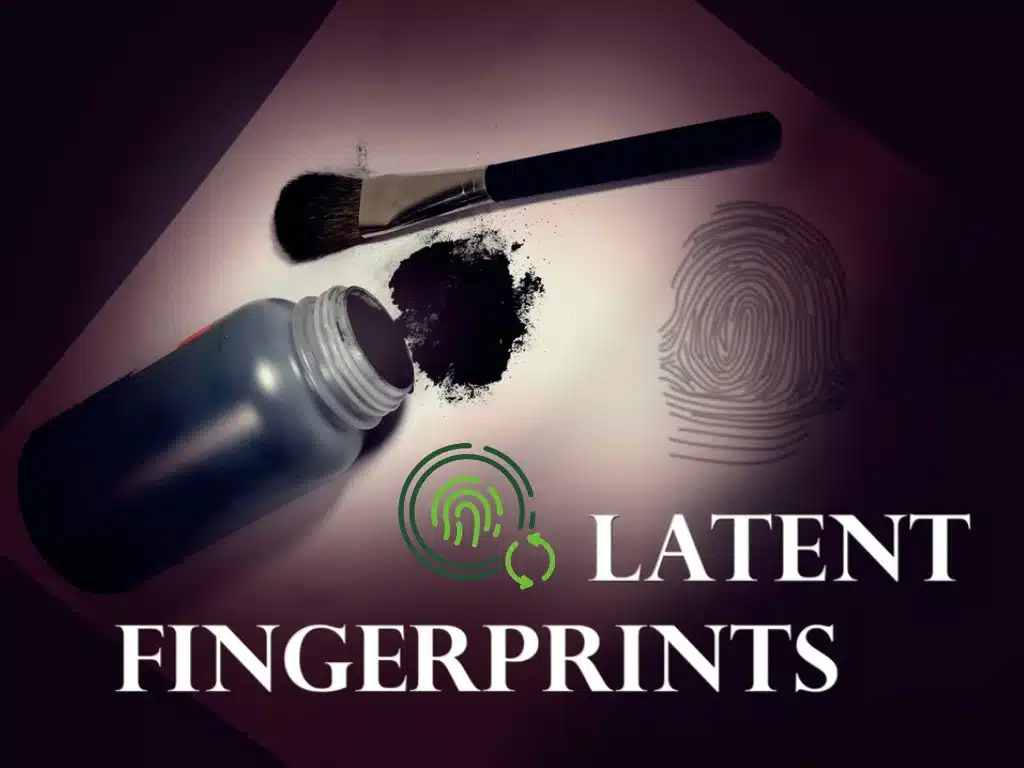
Frequently asked questions (FAQs)
Q. What is the difference between DFO and ninhydrin?
Ninhydrin is another chemical that can be used to develop latent prints. It reacts with amino acids in the same way as DFO, but it creates a purple-colored compound instead of a fluorescent one. Ninhydrin is more commonly used on non-porous surfaces like metal or plastic.
Q. Can DFO be used on all types of surfaces?
DFO works best on porous surfaces like paper or cardboard but can also be used on other surfaces like fabric or skin.
Q. How lengthy does it bring to process a print using DFO?
Treating a print with DFO can take 5-10 minutes, depending on the surface being treated and the concentration of the solution. The print may be visible immediately or may require further treatment to become visible.
Q. Is DFO harmful to humans?
DFO can be harmful if ingested or inhaled in large amounts, so wearing gloves and protective eyewear is essential.is essential.
Q. Can DFO be used in conjunction with other fingerprint processing techniques?
DFO can be used with techniques like ninhydrin or cyanoacrylate (super glue) fuming to enhance the visibility of latent prints.
Explore the world of sublimation and printers with our comprehensive guide, for more information or a step-by-step how-to guide.
Summary
This guide taught us about DFO, a chemical to develop latent fingerprints. We explained how it works and what materials are needed and provided a step-by-step guide. We also included additional tips and answered some frequently asked questions. With this information, you can recover prints like a real detective!
If you appreciate this guide, share it with friends who love crime shows or forensic science. And if you have any other questions or tips for How to Recover Prints Using DFO, leave them in the comments below.
